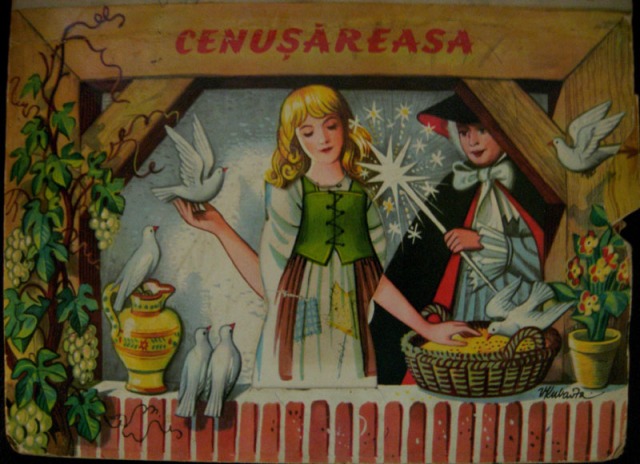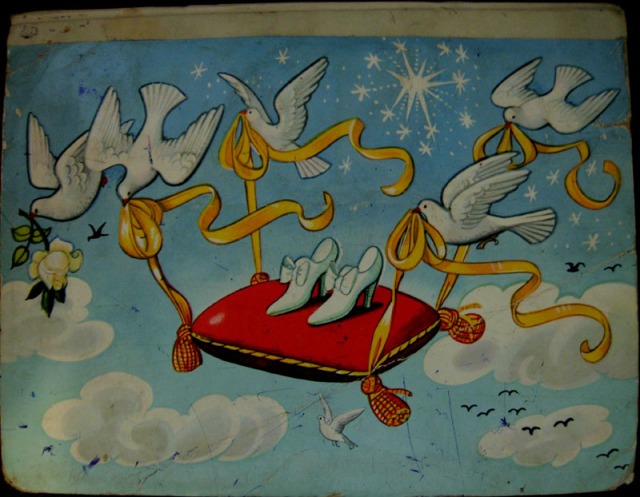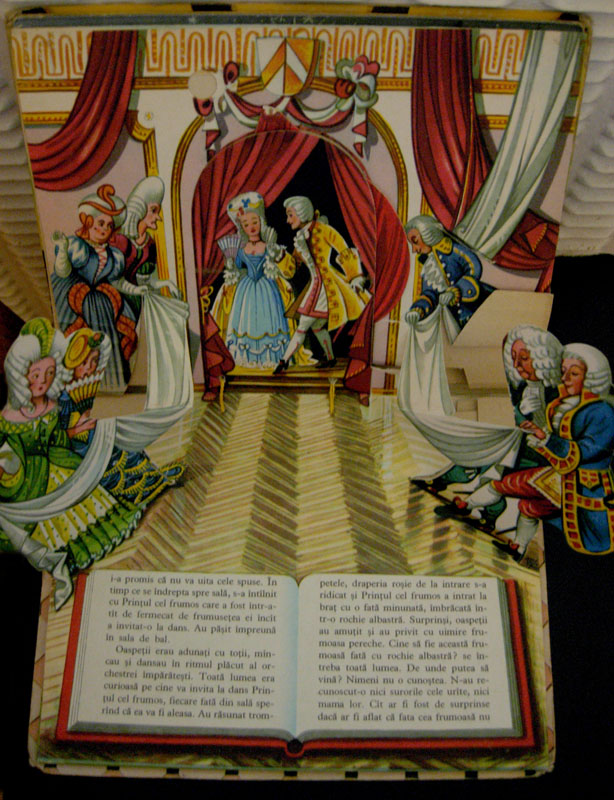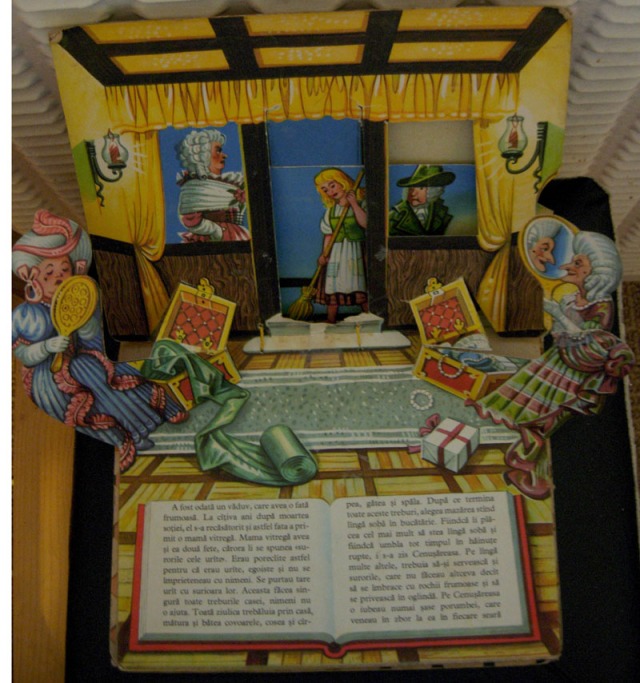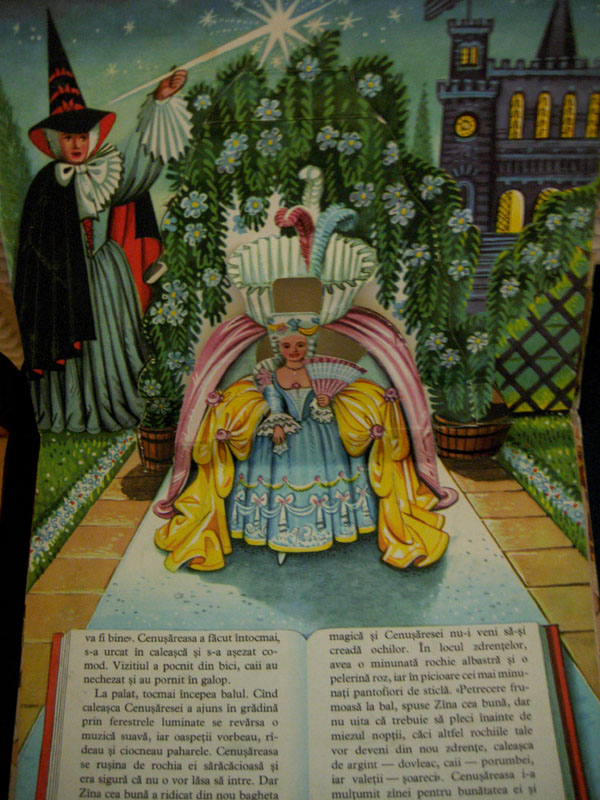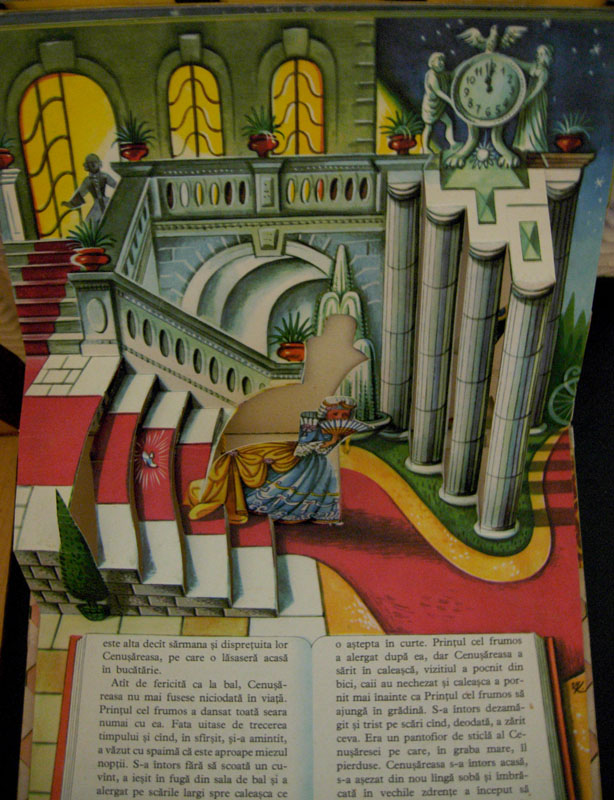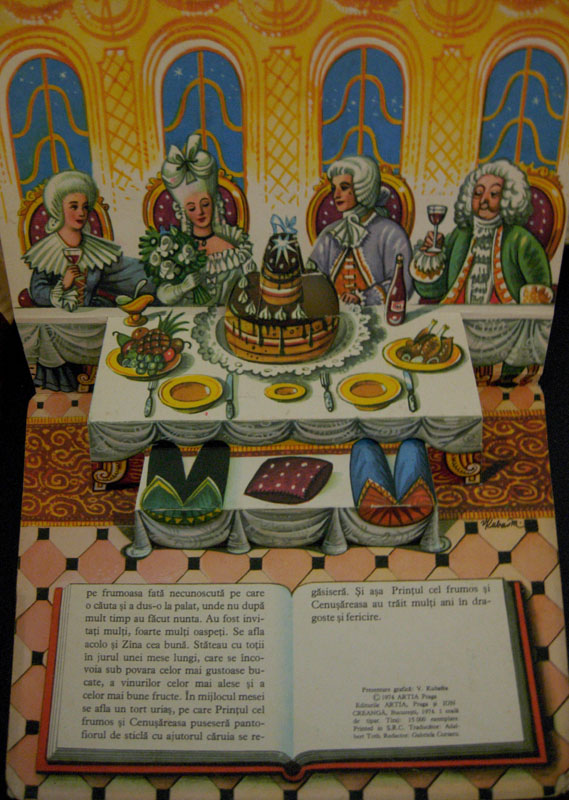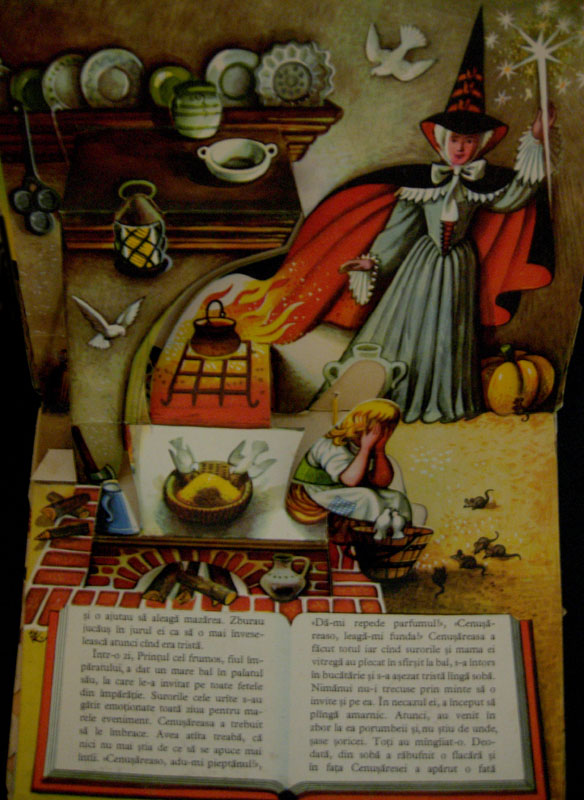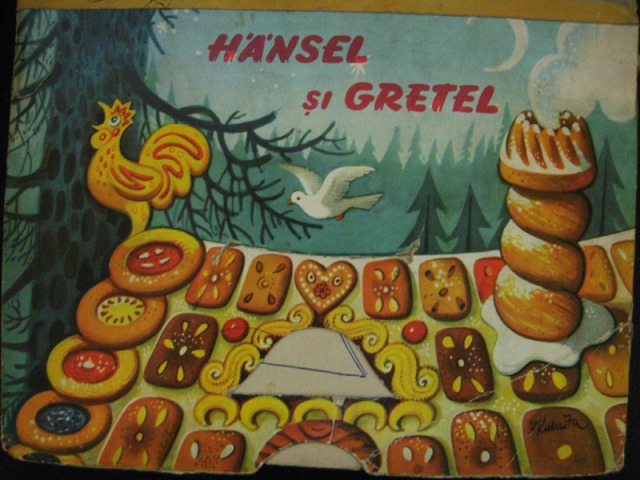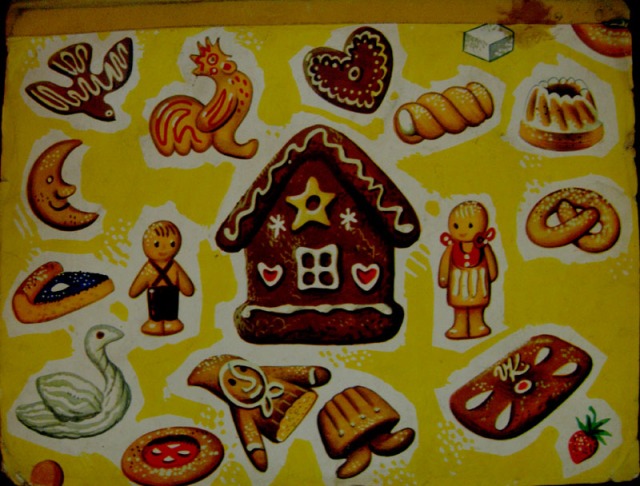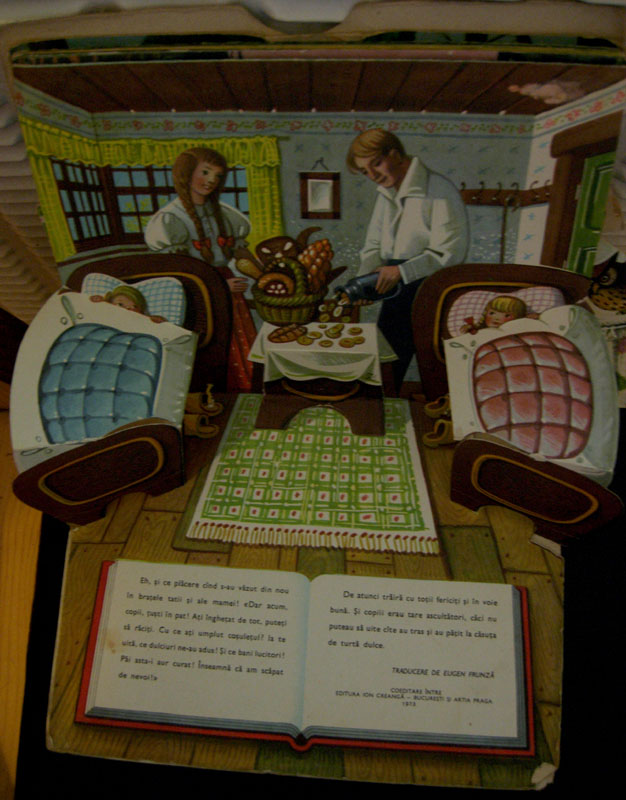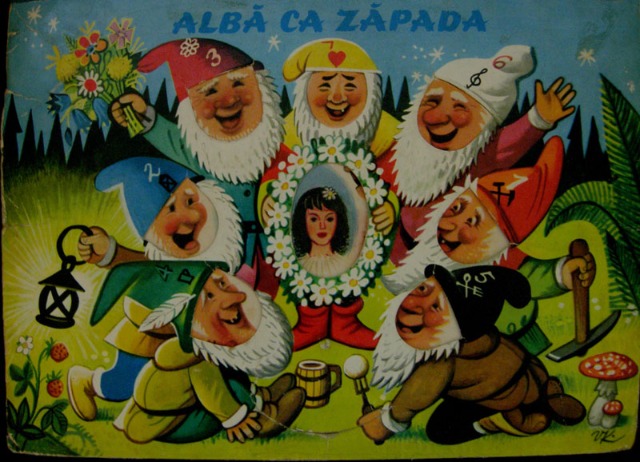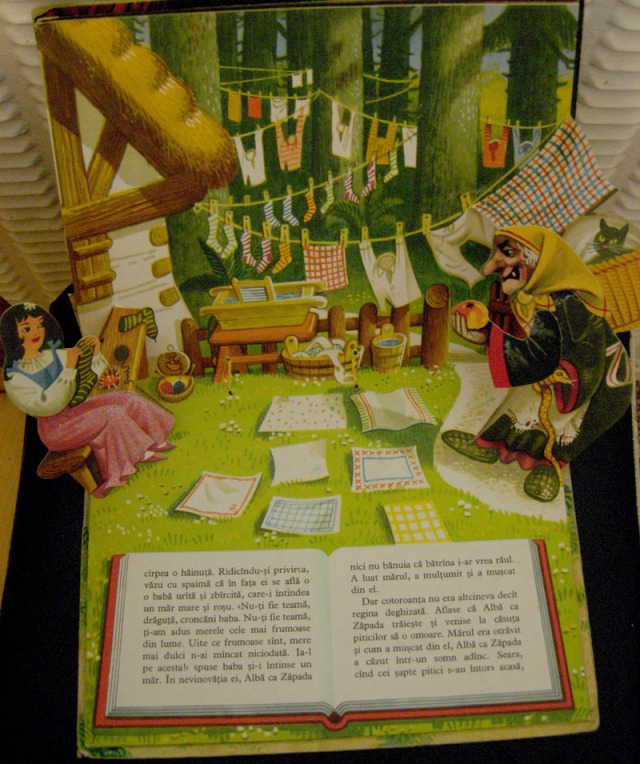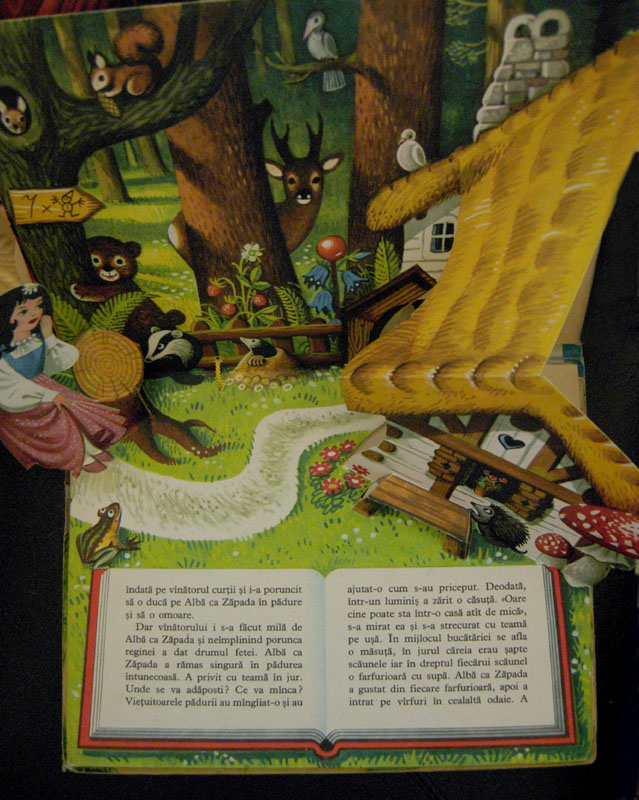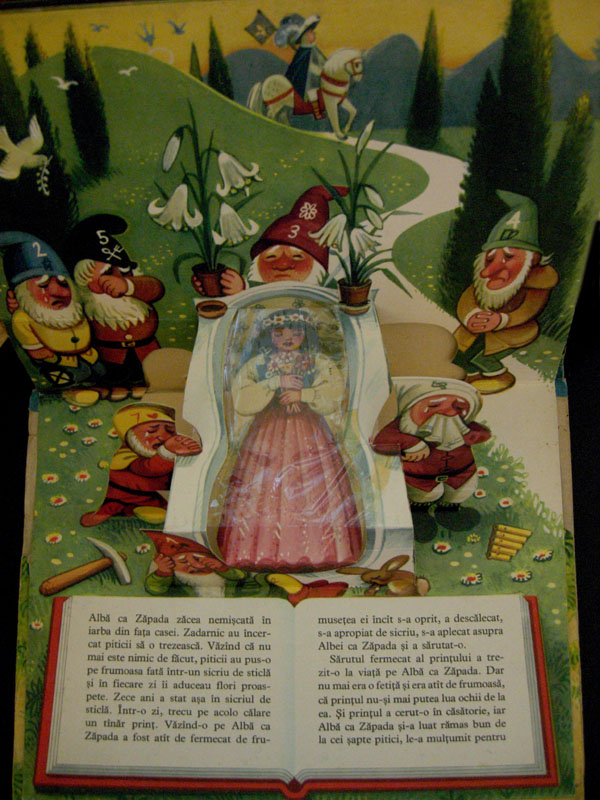

I found this book on my grandparents’ bookshelf. I never read it as a child and I don’ t remember its cover, probably it used to be in the back rows of the shelves. It was written by Iuri Gagarin and Vladimir Lebedev (a medical doctor and a specialist in space psychology, as it is written on the back cover). A note from the translator tells us that Gagarin finished this book on the 25th of March 1968, a day before his death.
I read this book hoping it will contain all the wonder and hope that was associated with space travel in my childhood. The chapters go through all the things that used to make me daydream: the immensity and silence of the Cosmos, imponderability, time perception, the friendship and trust among the crew that goes out in space, the shining stars that seem closer from up there.
But also the book is a long stream of anecdotes, some historical, about explorers of other unknown and lonely territories like Antarctica, some contemporary about their friends and colleagues, other cosmonauts, these stories being by far more interesting. A long stream of these stories, scientific facts explained very simply, quotes from Kant and Lenin, speculations about the future of time travel, description of the soviet man written in empty propaganda language. A lot of talk about “manliness” that is necessary for conquering the outer space, for winning the ” duel with nature”. A lot of really disheartening and so so sad references to experiments on animals, but I didn’t’ read those passages and pages. One wildly rude mention of some unnamed tribes in Africa and one “Indian” ( was it someone from India? from America?) who irrationally believe in the reality of dreams.
Among all these, the smiling faces of the first cosmonauts, photos of the crafts they made in the isolated rooms where they were practicing the silence and loneliness of Cosmos, pages about imponderability that I used to obsess about as a child, being sure that I will experience it myself someday. And by far the most interesting thing in the book, accounts of cosmonauts who have first seen the blue and violet haze at the curb of the Earth, who have seen the sun in Cosmos with its blinding light, who traveled inside a burning knot while their space craft was entering the atmosphere. The reports the cosmonauts wrote in a clear and simple language shinning with an eerie beauty.
I searched for Tereshkova in the book. She is mentioned a few times. There is a story about her wedding. There is mentioned that, while male cosmonauts were chosen from among pilots, women who didn’t have any former flight experience had to train more. She appears once more towards the end of the book as a kind and motherly colleague, comforting the worried Lebedev before he jumps with a parachute for the first time. He calls her Valia. There is also a photo of her in space.

I read this book together with my child double, trying to imagine what she would have felt or thought reading it. She would have shivered the same way as me at the pages about animals and she would have rushed trough them. She wouldn’t have noticed that all the attributes necessary to be a cosmonaut are written in male form. She would have thought that in the distant future of her adult years space travel will be available to anyone (as a poem in the book titled “We will live to see it” promises). She would have nodded approvingly to the description of the beauty of life in communism.





I tried to read this book with her and remember her hopes now when the world is so bleak. Reading about space travel now is reading about the same issues: going to Mars, sending out long term manned missions to distant places of our star system and beyond, creating the ecosystems inside these ships, dealing with the psychological aspects of such travels, etc. But the hope and the wonder is completely gone now, when people compete to receive a one-way ticket to Mars in order to be in a reality show, when space exploration missions are private ventures based on the commons of knowledge acquired in the sixties and seventies and often funded by public money, when the colonization of space is in direct connection to the necessity of leaving behind our dying planet in order to go somewhere where even the air you breath would be a commodity.
I used to love looking at these kind of photos, at his smiling face while the water from his cup is floating in front of him. 

